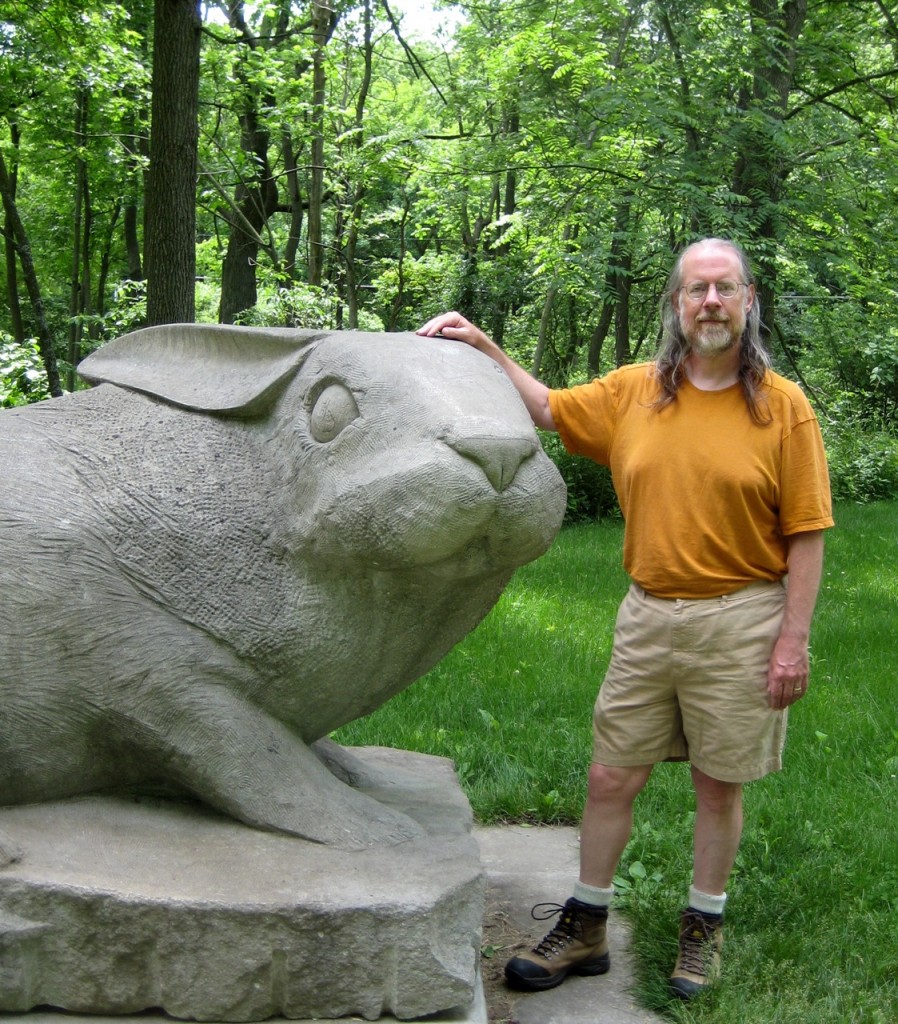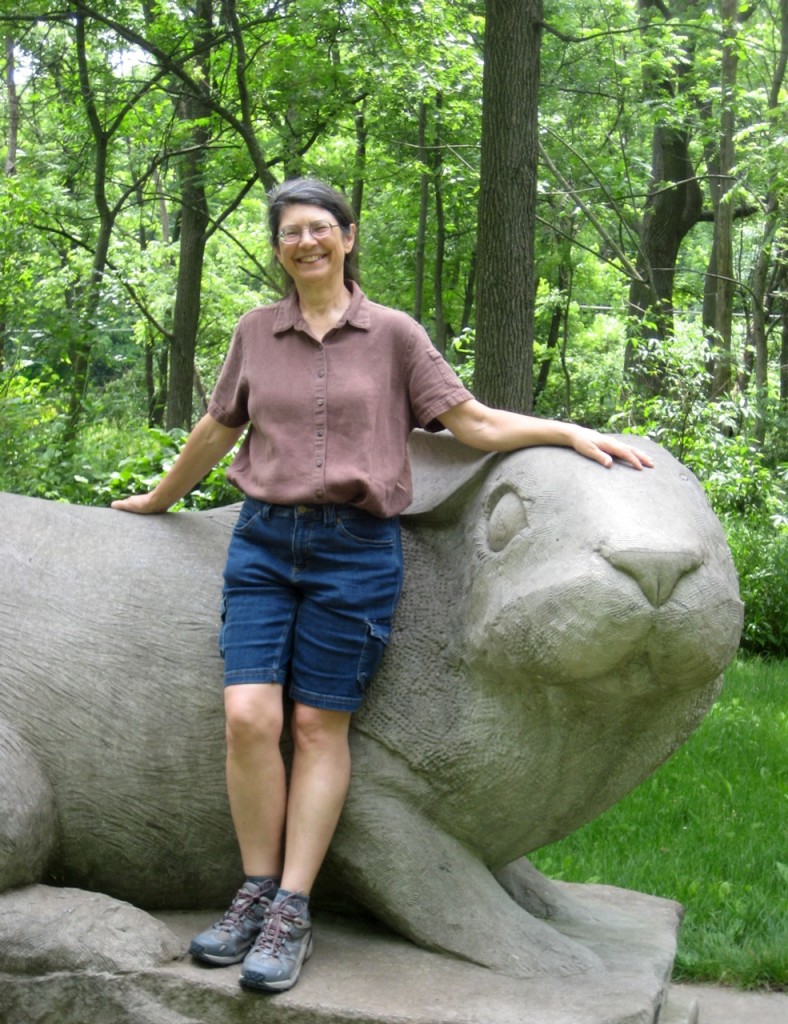I recently came upon an old livejournal post about my struggles to get enough exercise.
It had been written in April 2008, some seven or eight months after I’d quit working a regular job, and was about how I’d always blamed the job for keeping me from getting enough exercise, and how I was unhappy that I hadn’t seized the opportunity that came from my new regular-job-free lifestyle to get into better shape. Here’s an excerpt:
The big advantage of not working a regular job ought to be that I can exercise anytime I want. In the spring, I can run in the afternoon when it’s warm. In the summer I can run in the morning when it’s cool. I can pick the nicest day of the week for my long ride (minimize the chance of being caught miles from home in a thunderstorm) and then organize the rest of the week’s workouts around that.
I say “ought to,” because I haven’t taken full advantage so far. Last summer I was still working until the end of August, and then I was trying to focus on my novel while still cranking out four or five Wise Bread posts a week. I tried to get the running habit set up in the fall so that I could continue it through the winter, but didn’t really manage it.
Now, though, it’s spring, and I’ve decided to make exercise–that is, fitness–my number 1 priority.
Reading that post, I realized that I have, finally, succeeded. I now get enough exercise.
Brief aside: Except, of course, that I’ve scarcely run in a month, because of my injured calf.
I’ve tried three times to go out for a short run, and each time the result has been re-injury. After the third time, I realized that I was doing more harm than good, trying to get back to running as quickly as possible. I decided to wait until the symptoms were completely gone, and then give it at least a full week for further rest and recovery, before trying to run again. On that schedule, my first run would be roughly Saturday. In fact, it’ll be delayed at least two days further, because Saturday Jackie and I will go to Forest Glen and squeeze in a long hike in the morning, ahead of a spinning and weaving event there. (And not taking a day to recover from a long hike before a short run is how I hurt my calf in the first place.)
Basically, though, my calf is fine. It doesn’t limit either my walking (we walked 10 miles yesterday) or my taiji (I’ve taught my class on schedule every day). It has been completely pain-free, except when I re-injure it—then it hurts for a couple of days.
I wrote two years ago about my winter fitness regimen. (Three times a week I lift weights and then do an hour of taiji; the other four days I try to walk for an hour.) It proves to be satisfactory to maintain my weight and maintain a base level of fitness.
In the summers, I’ve been doing more. I preserve the lifting and the taiji (and much of the walking, which is mostly incidental to getting other things done) and augment it with running—before my injury, I had been running 7–9 miles most weeks—and have also added a weekly very long walk.
That livejournal post has a chart with the amount of time I had been devoting to exercise the last time I’d been in really good shape. Here’s a similar chart for what I’d been doing until a few weeks ago when I had to quit running:
| Activity | Minutes per workout | Workouts per week | Minutes per week |
|---|---|---|---|
| Lifting | 30 | 3 | 90 |
| Taiji | 60 | 3 | 180 |
| Short walks | 60 | 4 | 240 |
| Long walks | 240 | 1 | 240 |
| Short runs | 22 | 2 | 44 |
| Long runs | 60 | 1 | 60 |
| Total | 854 |
The first thing that strikes me is just how similar this is to what I was doing in the past when I’ve been fit. I’ve replaced the bike rides with walking a very similar number of minutes per week. I’ve added the taiji, which adds 3 hours a week, and I’ve reduced the number and length of my short runs, to gain back maybe 50 minutes of that time. But the bottom line is that I’m now spending about 120 minutes a day on fitness-related activities.
Now, that’s great. Certainly it feels great—I feel great when I’m getting this much exercise. And having gotten here, I believe I’m prepared to declare victory, and say that getting and staying in shape is a solved problem.
But how could anyone with a regular job manage such a thing? And yet, much less exercise than this would not build and maintain the capabilities I want. If I want to be able to run for an hour, I need to run for an hour pretty regularly. If I want to be able to walk for four or six hours, then every week or two I need to walk for four or six hours.
I don’t really have an answer here for people who find that making a living limits their ability to be fit. I managed it temporarily a couple of times, but only by letting things slide temporarily—things that I couldn’t let slide permanently.
Still, just at the moment, I’m feeling pretty good. Thanks to the taiji, I move with more ease and control than I’ve ever had before. Thanks to the lifting and the endurance exercise, I have more power and stamina than ever before. I’m looking forward to Saturday’s long hike. And I’m looking forward (after a day or two to recover from that) to trying to run again. (Because, as Steven says, “Running is great exercise between injuries.”)


